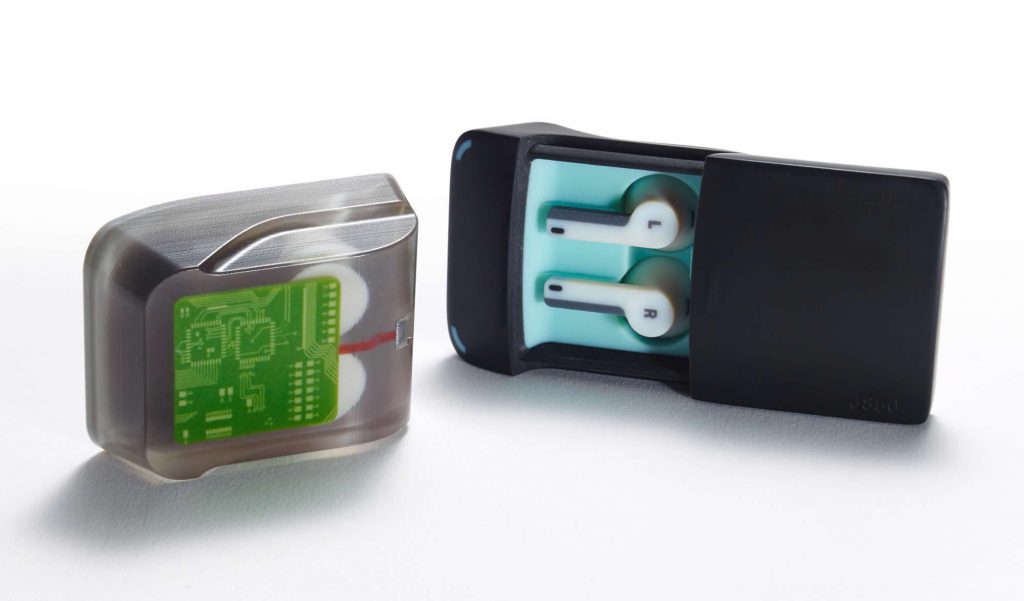
3D Printing and Design
The world of 3D printers is an incremental manufacturing technology that is growing rapidly today, and is even referred to as another industrial revolution. The Economic Times and many other sources have predicted that the industry has the potential to become even more pervasive and massive than the Internet, a claim that has been confirmed by many experts.
Of course, many others believe that this growth is just a fleeting passion for this exciting industry and will have no future. But we want to open the question, what exactly is the 3D printing industry? And who uses it in general?
Technology has played a very important role in the history of mankind, the idea of light bulbs, steam engines and then cars and airplanes and most importantly the world of the Internet. These technologies have made our lives so much better, shown us new ways, and given us potential capabilities, but it usually takes years or even decades for nature to emerge in the wreckage of technology.
There is a strong belief that 3D printing or the manufacturing industry has great potential to be part of the technologies that have influenced human history. Could 3D printing services be the end of the traditional production of the equipment we know and revolutionize the design and production and its implications for the political, economic, social, environmental and security issues we deal with every day? Now lets dive into 3D Design and tips for printing it.
Design tips for 3D printing
Regardless of 3D printing technology you use, there are some things to keep in mind when designing and modeling with 3D software.
Different 3D printing devices and processes have different design capabilities and limitations. In this section, we will talk about design tips for 3D printing that must be observed in all these technologies.
If you have the knowledge and skills to work with 3D modeling software, this article will help you prepare your design for a suitable 3D print. These tips are common to all 3D modeling software.
If you do not have 3D modeling experience, you can use 3D learning software, such as Sketchup and 123D Design that have many training videos that can help you learn the basic concepts of 3D modeling.
Digital vs. physical (real)
-
Protrusions
All 3D printing processes make the parts layer by layer. The material cannot solidify in air, so there must be a layer of raw material under each layer. Protrusions are areas of the model that are only partially supported by the bottom layer or have no layer below at all. Any 3D printer can produce parts without support at a certain maximum angle. For example, in FDM and SLA 3D printers, this angle is about 45 degrees.
Limiting the angles of protrusions when designing can be a good idea as protrusions that are printed with support will usually have rough surfaces. -
Wall thickness
The second thing to consider when designing a 3D piece is the thickness of the walls. All 3D printing methods can thin the details to a certain extent.
For example, suppose you are an engineer designing a riding kite and you want to test a kite model on a small scale. 3D modeling software allows you to model the wing fabric, but since its thickness is very small, you cannot make this part of the model with a 3D printer. -
Prevent piece warping
What is usually underestimated when designing a 3D model is that the raw materials in the 3D printing process are altered, melted, laser exposed, and solidified. Heating and cooling the material can cause the piece to warp during 3D printing.
Swing is more common, especially on flat, large surfaces. Usually, with the calibration of the 3D printer and the proper adhesion of the part to the construction tray, warping can be prevented. When designing 3D models for printing, it is better to avoid large smooth surfaces and design the corners of your model softly. -
The smallest details that can be made in a three-dimensional model
If your 3D model has complex details, it is important to know the smallest details that can be printed with printing technology you want. The smallest detail depends on the capabilities and mechanics of the 3D printer and its layer thickness. The ability to produce small details is one of the things that can increase the cost and time of making the part, so determining whether the presence of small details in your model is necessary or not will have a big impact on the final cost of 3D printing of the part.
Creating A Digital Model:
The first step is to use common modeling tools such as Rhino, Autocad, Zbrush to create a digital model. The main format of 3D printing files is usually STL.
3D Printing:
After creating the digital model, we will print it. Try using a high quality professional printer to print sculptures for accurate detail. Most sculptures have many small dots and edges, the printer must record the exact information to make the sculpture and then print them.
Silicone Molding:
This sculpture is made by wax casting technique, the next step is to make a silicone and wax mold from the printed model.
Casting Of Bronze Sculpture:
The last step is to use the rubber and wax model for casting bronze. The artist carefully pours the bronze into the mold path and after cooling, polishes the cast sculpture to prepare the final shape.



